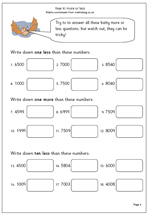 Writing down one or ten more/less than a number might seem quite easy but when it means crossing a hundreds or thousands boundary it is not quite as simple as it appears. For example: ten less than 5804.
Writing down one or ten more/less than a number might seem quite easy but when it means crossing a hundreds or thousands boundary it is not quite as simple as it appears. For example: ten less than 5804.
This maths worksheet on more than and less than should show whether place value has been fully understood or whether more practice needs to be done with counting on and back crossing hundreds and thousands.
It is a good idea to say the numbers out loud when carrying out this exercise.
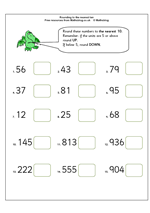
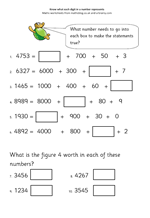
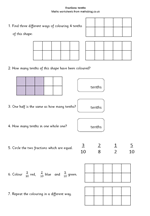
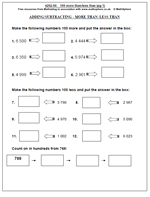
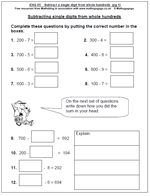
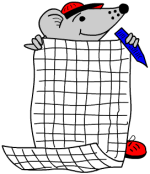
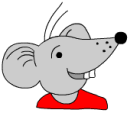
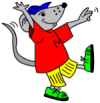
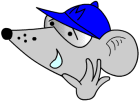 Well, the metric system has been with us for a long time but there are still many children who use Imperial units when talking, often not knowing very much about them. Schools teach the metric system: society seems to want to keep the old fashioned system and it is our children who suffer.
Well, the metric system has been with us for a long time but there are still many children who use Imperial units when talking, often not knowing very much about them. Schools teach the metric system: society seems to want to keep the old fashioned system and it is our children who suffer.